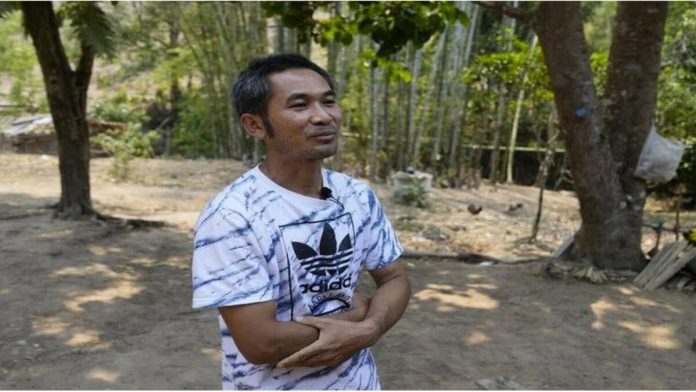As the haze season begins in northern Thailand, villagers in Ban Mae Lan Kham are preparing for their annual land-clearing fires, which contribute significantly to air pollution in the region. Village chief Nanthawat Tiengtrongsakun and his community engage in this traditional practice by cutting down shrubs and trees on their small plots and setting controlled burns to clear the fields for planting. This age-old method results in plumes of smoke that create a thick grey haze, making it difficult for locals to breathe.
Nanthawat expresses frustration over the blame placed on the Pakanyo people, who are often accused of causing the haze and forest damage. “We are the ethnic group that preserves the forest. If we were causing the damage, the forest around us would be gone by now,” he insists.
During the haze season, from February to April, Chiang Mai, a major tourist destination, often ranks among the world’s most polluted provinces. The levels of fine particulate matter can reach up to 20 times the World Health Organization (WHO)’s recommended limit. This severe pollution has prompted Prime Minister Srettha Thavisin to prioritize clean air legislation, aiming to make Chiang Mai a model province in addressing air quality issues.
The primary source of northern Thailand’s air pollution is largely attributed to farmers growing corn for agro-food giants like CP Foods. Alternative methods for managing stubble, such as biochar production or soil tilling, are often impractical due to the hilly terrain. In response to public concern, CP Foods has introduced a tracing system to avoid purchasing corn from deforested or burned land. However, much of the cultivation has shifted to neighboring Myanmar and Laos, where stubble burning continues unchecked. To combat this, the Thai prime minister has initiated discussions with these countries to reduce the practice.
In Ban Mae Lan Kham, the villagers’ controlled burns are seen as a necessary evil for their agricultural practices. Despite efforts to find sustainable alternatives, the tradition persists, contributing to the annual haze that plagues northern Thailand.
Officials and community members alike recognize the need for a balanced approach that addresses both environmental concerns and the livelihood of local farmers. As the region continues to grapple with pollution, the efforts to mitigate its impact remain a critical focus for both local and national leaders.
Nanthawat and his community, like many others in northern Thailand, await the results of these initiatives with cautious optimism, hoping for a future where their traditional practices can coexist with modern environmental standards.



